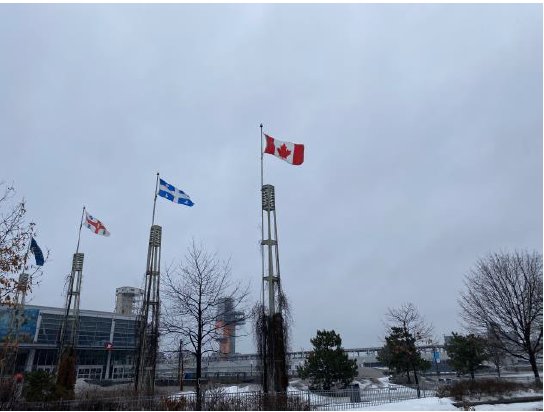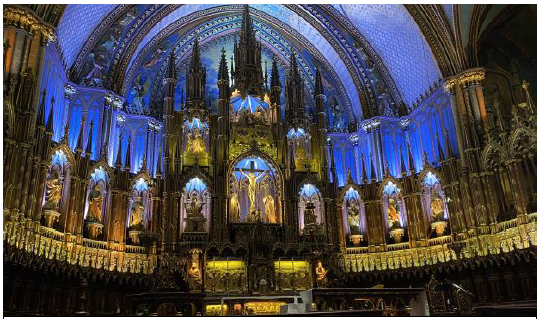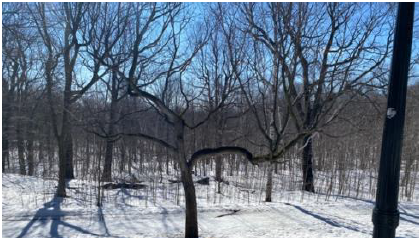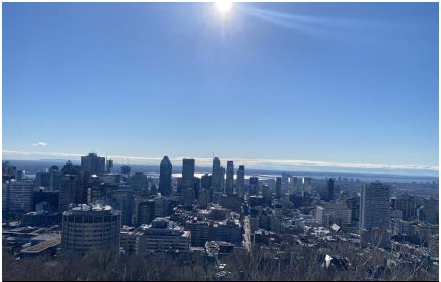In this week’s blog post, current German and Linguistics student, Emma Davis, talks about her time in Berlin, a recent trip funded by her college. Over to you, Emma!
Thanks to the travel, research and study grant available at my college (St Hilda’s), I had the opportunity to spend a jam-packed 5 days in Berlin over the Easter vacation to supplement my German degree. This funding highlights that studying languages at Oxford University is about more than just passing your exams, but about gaining linguistic proficiency, confidence in foreign countries and a rich cultural understanding that widens your view of the world. Travel grants are available, often with priority placed on languages students, at many of the Oxford colleges so it is important to research on your college’s website to see what is offered and how to apply.
In my opinion, there are four must-dos if you are planning a trip to Berlin… Firstly, make the most of the tours on offer. On the second morning of the trip, we embarked on a 3-hour walking tour which allowed us to get our bearings and helped me to link all the historical and architectural facts I have learnt about Berlin across the course of my German studies. Visiting the Reichstag building is another non-negotiable. Seeing the glass dome, the inscription above the entrance (‘Dem deutschen Volke’) and the artwork inside (‘der Bevölkerung’) was both interesting and powerful as these features symbolise the importance of democracy to Germany today. My favourite day of the trip was spent just 45 minutes outside of the city centre, in Potsdam. Sanssouci Palace – the summer residence of Prussian King Friedrich the Great – was stunning in the sunshine and provided excellent German audio guides with a long but clear explanation about each room which was enjoyable to listen to. Furthermore, techno clubs are seen as an integral part of Berlin’s cultural scene, to the point that some DJs have campaigned for them to receive Unesco World Heritage Status. After being questioned on the door (the clubs in Berlin do this to increase their exclusivity), we made it into Tresor and had a great night…and morning – the techno scene doesn’t really get going until 3am!
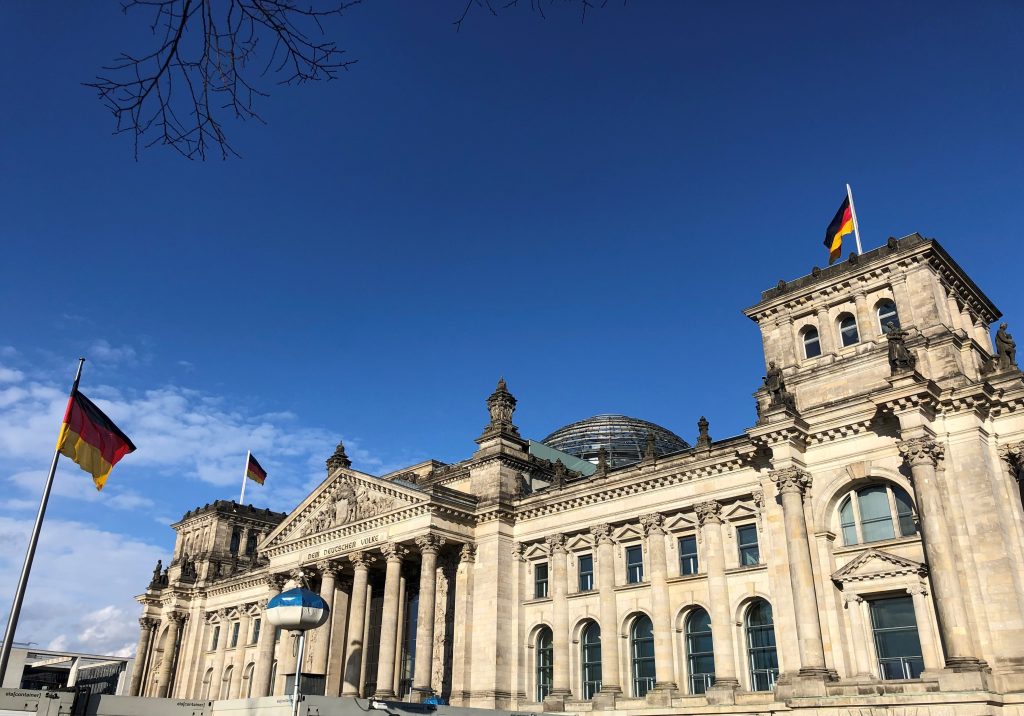
A few misconceptions I had before I travelled to Berlin were that most people would speak back to you in English, the dialect would be difficult to understand and that vegetarian food options may be few and far between. However, everyone that I approached spoke to me in German and I didn’t encounter any difficulties with the dialect. Moreover, there were countless vegan/veggie food options to try, including a twist on the traditional Currywurst!
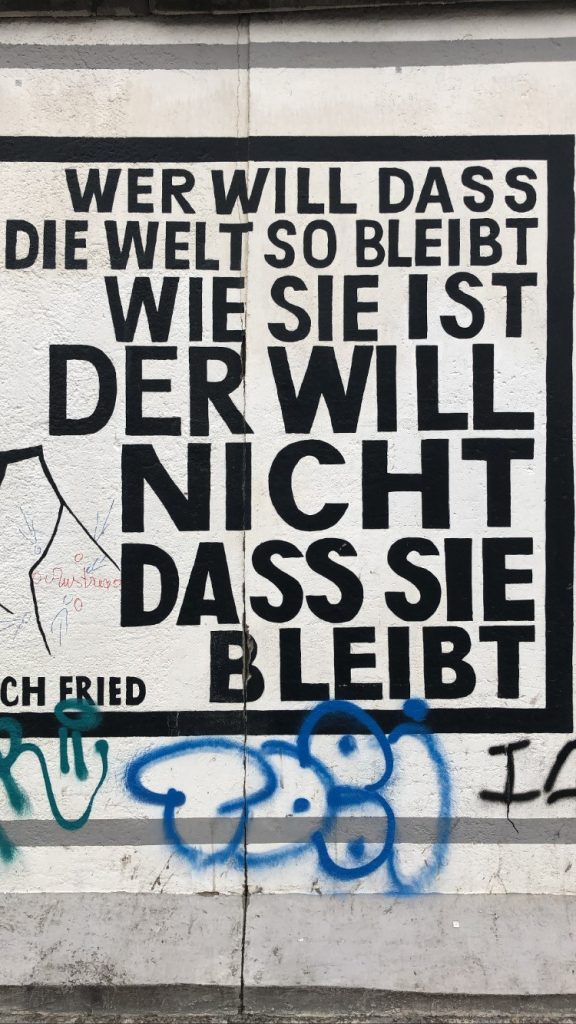
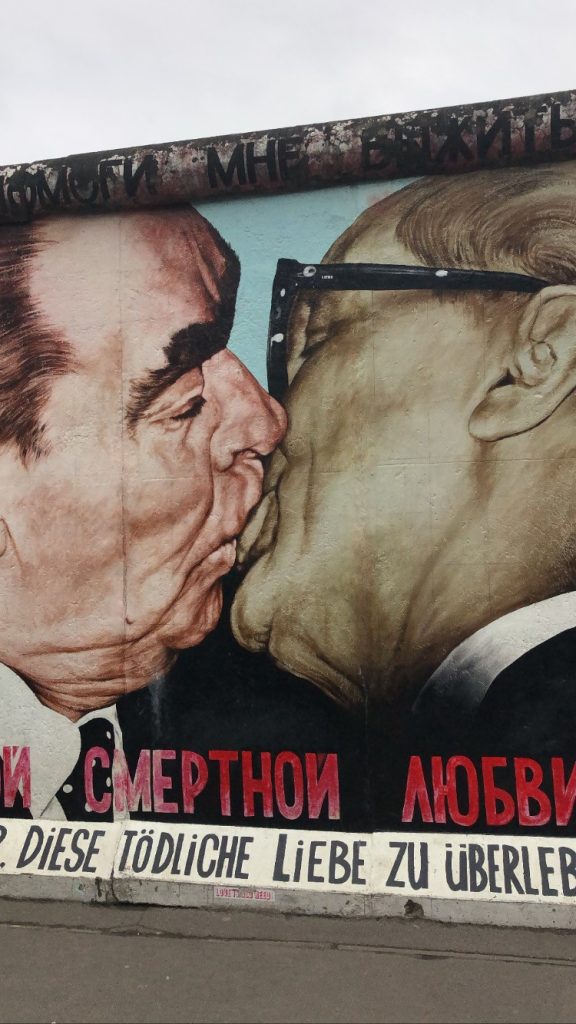
Berlin is a city full to bursting with museums and during my week there I explored the German Spy Museum, Humboldt Forum, the Jewish Museum, and East Side Gallery. The Spy Museum is slightly less well-known than the destinations on Museum Island but is an engaging multimedia museum which walks visitors through the entire history of German espionage. For me, the most interesting part was listening to audio recordings of Germans who were involved in creating the Enigma code. The Humboldt Forum, considered the German equivalent of the British Museum, contains a thought-provoking exhibition responding to the question of whether colonial countries should return looted artefacts to their original owners or whether they should be displayed in places like the Humboldt Forum. This forces people to consider their country’s colonial history (incidentally, one of my favourite German words is die Vergangenheitsbewältigung which means ‘coming to terms with the past’). The Jewish Museum educated me on not only the extensive persecution that Jewish people have faced throughout the ages, but also the successes of many Jewish people, for example in the Weimar Republic. Finally, East Side Gallery is not a gallery in the conventional sense but rather a 1.3km stretch of the Berlin Wall that is painted in countless murals, many with political messages relevant to the reunification of Germany.
To see even more of Berlin, I walked from the Brandenburg Gate, down Unter den Linden and past the Tiergarten to reach the Victory Column, which is 60m tall with a 360-degree view of the city. Another option for an incredible view is the Television Tower, which stands at 368m tall with a viewing platform 203m up.
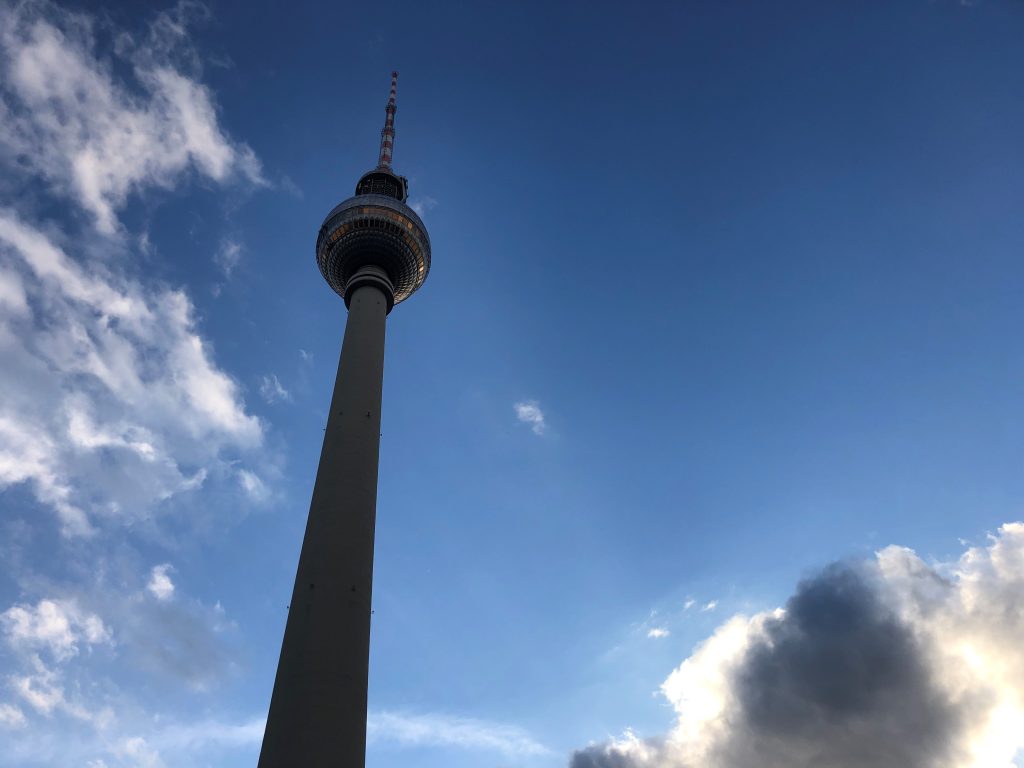
I had a fantastic week, would highly recommend Berlin as a travel destination and am very grateful to my college’s travel grant for this opportunity.

